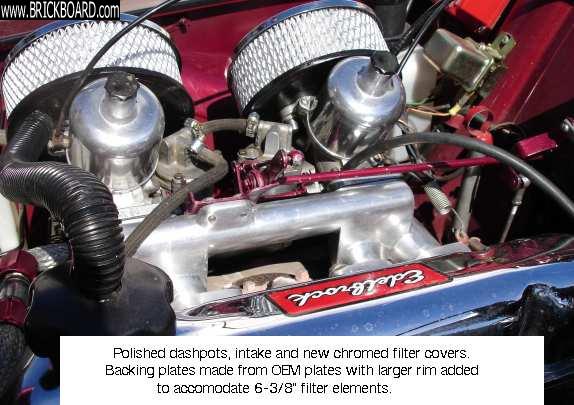|
When I was a teenaged pump jockey I watched a biker hand a burning butt (roach actually) to his buddy while filling their tanks (they wouldn't allow a kid near their bikes). Well they fumbled it and it blew still glowing into the open tank, the look on their faces was great, but nothing happened, the liquid gas simply extinguished the ember. This is why:
Fuel Tanks and Explosive Hazards
Diesel
Flash point of #2 diesel fuel is 125 F
Below this temperature, fuel/air mix cannot be ignited.
Lower explosive limit: 0.5%
Upper explosive limit: 4.1%
Gasoline
The fuel-air mixture in a gasoline tank is too rich to explode.
Flash point of gasoline is –40 F.
Lower explosive limit: 1.4%
Upper explosive limit: 7.6%
According to the 7th edition of the fire protection handbook, "Storage of Flammable and Combustible Liquids" Orville M. Sly, Jr: "The vapor space in tanks storing flammable liquids with vapor pressures above 28kPa, such as gasoline, is normally too rich to burn. The ratio of vapor to air is above the upper flammable (explosive) limit (UFL)."
Further, from the Fire Protection Guide on Hazardous Materials, 9th edition:
Gasoline flash point -45 to -36 F
Flammable Limits (% volume) 1.4% (lower limit) 7.6% (upper limit)
The high vapor pressure (volatility) of gasoline will fill the vapor space with a fuel/air mix which is too rich to burn (or detonate). In the case of diesel, the flash point, is so far above ambient temp. and the vapor pressure so low that the lower flammability limit is not reached.
|



